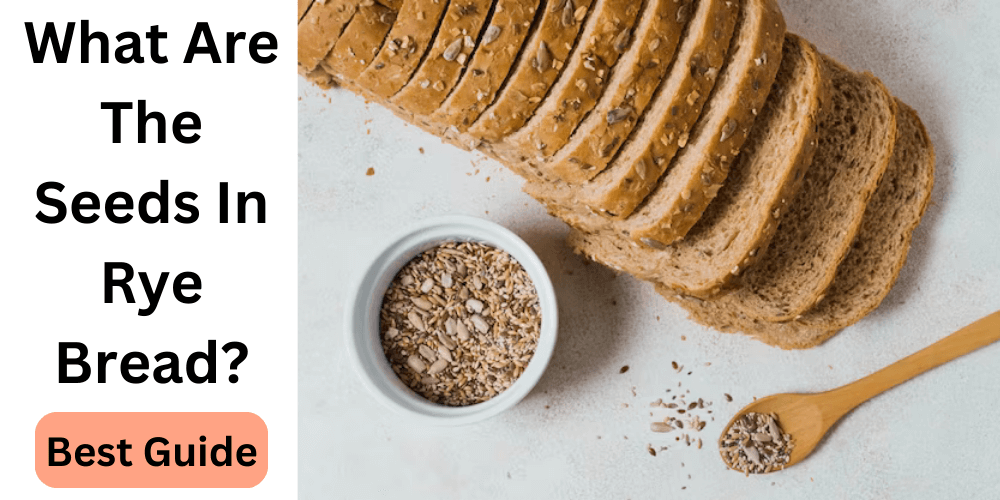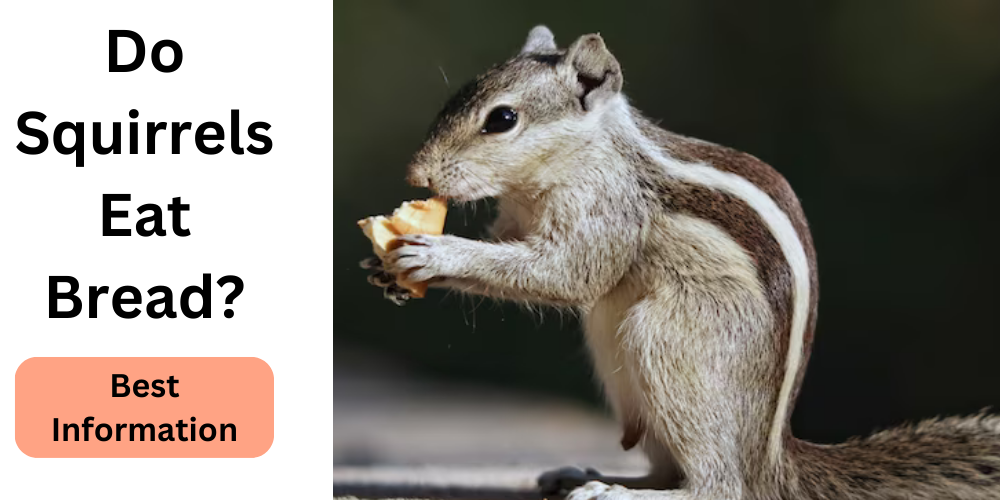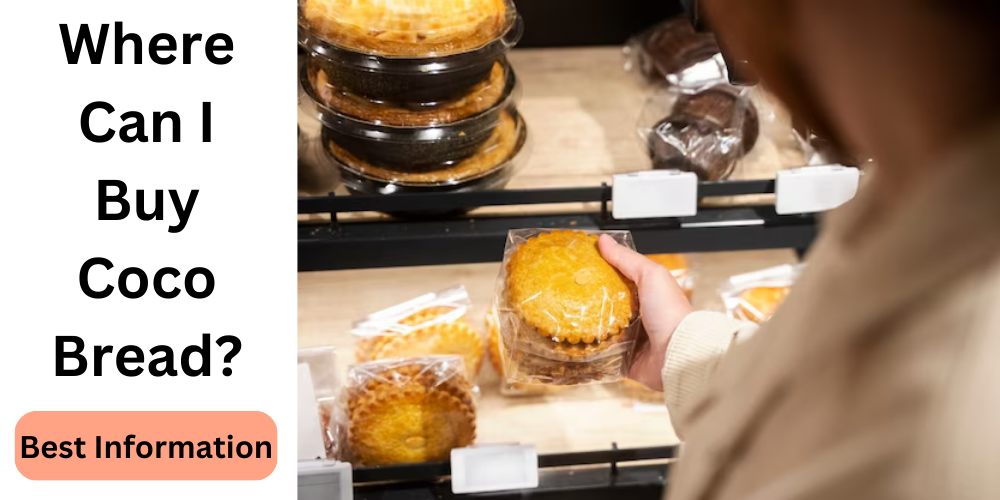Rye bread, with its distinct flavor and hearty texture, has been a staple in many cultures for centuries. But have you ever wondered about the little specks of seeds you often find embedded in rye bread? In this article, we will explore what are the seeds in rye bread, their nutritional benefits, and the techniques used to incorporate them into baking. Get ready to discover how these tiny additions enhance the texture, flavor, and overall appeal of this beloved bread variety.

What Are The Seeds In Rye Bread?
Rye bread can be adorned with a variety of seeds, each adding its unique touch to the final product. Some of the most common seeds found in rye bread include caraway seeds, sunflower seeds, flaxseeds, and pumpkin seeds. These seeds not only contribute to the visual appeal but also offer numerous nutritional benefits.
1. Types of Seeds in Rye Bread
- Caraway Seeds: Known for their distinctive flavor reminiscent of anise, caraway seeds are a classic addition to rye bread. They add a subtle sweetness and a hint of earthiness.
- Sunflower Seeds: With their nutty taste and crunchy texture, sunflower seeds are a popular choice. They provide a delightful contrast to the softness of rye bread.
- Flaxseeds: These tiny powerhouses are packed with omega-3 fatty acids and fiber. They add a pleasant crunch and a slightly nutty flavor to the bread.
- Pumpkin Seeds: Rich in antioxidants and minerals, pumpkin seeds bring a delicate sweetness and a delightful bite to rye bread.
2. Nutritional Benefits of Seeds in Rye Bread
The inclusion of seeds in rye bread adds a nutritional boost, making it a healthier option compared to plain white bread. Seeds are nutrient-dense, offering a range of vitamins, minerals, and healthy fats. They are a great source of fiber, promoting digestive health, and can contribute to heart health and weight management.
3. Popular Rye Bread Varieties with Seeds
Beyond the traditional rye bread with caraway seeds, there is a wide array of rye bread varieties that incorporate different seeds. Some popular options include multigrain rye bread, seeded rye bread, and sunflower seed rye bread. These variations provide additional flavors and textures, catering to diverse palates.
4. Baking Techniques for Incorporating Seeds into Rye Bread
When baking rye bread, the seeds can be added during the dough preparation or as a topping. When added to the dough, they become an integral part of the bread’s structure. As a topping, they create a delightful visual appeal. Some bakers prefer to lightly toast the seeds before incorporating them to enhance their flavor further.
5. Challenges in Using Seeds in Rye Bread Production
While seeds add numerous benefits to rye bread, they can also present challenges in the baking process. For instance, the high oil content in some seeds can affect the dough’s hydration level. Bakers must carefully adjust the recipe to ensure the right balance of moisture and desired texture.
6. Tips for Home Bakers Incorporating Seeds into Rye Bread
For aspiring home bakers, adding seeds to rye bread can be a fun and rewarding experience. Here are some tips to consider:
- Experiment with different seed combinations to find your preferred flavor profile.
- Toast the seeds before adding them to the dough for enhanced taste.
- Adjust the hydration level of the dough when incorporating seeds to maintain the desired texture.
- Sprinkle extra seeds on top of the bread just before baking for an attractive finish.
Related Guides:
How Seeds Enhance The Texture And Flavor Of Rye Bread?
The addition of seeds in rye bread goes beyond aesthetics; it significantly impacts both the texture and flavor. Seeds contribute a delightful crunch to the bread, elevating its overall texture and providing an enjoyable contrast to the softness of the crumb. Moreover, they infuse the bread with unique flavors, ranging from subtle sweetness to nuttiness or hints of herbal notes, depending on the seeds used. These flavor profiles enhance the complexity and depth of the rye bread experience.
What Are The Black Seeds In Rye Bread?
You may have noticed small black seeds in some varieties of rye bread. These seeds are typically nigella seeds, also known as black cumin or black caraway. Nigella seeds have a slightly bitter, earthy flavor that adds a distinct touch to rye bread. They are often used as a topping and can provide visual interest and a subtle crunch.
Does Rye Bread Have Fennel Seeds?
While fennel seeds are commonly associated with some bread varieties, they are not typically found in traditional rye bread. Fennel seeds have a sweet, anise-like taste that pairs well with certain types of bread, adding a delicate aromatic note. However, the use of fennel seeds in rye bread may be a personal preference or a creative variation by some bakers.
What Is The Difference Between Rye And Wheat Seeds?
Rye and wheat seeds differ not only in appearance but also in their characteristics and uses. Rye seeds are smaller and darker in color compared to wheat seeds. They have a more earthy and robust flavor profile, while wheat seeds tend to be milder and slightly sweet. In terms of uses, rye seeds are commonly found in hearty, dense bread like rye bread, while wheat seeds are widely used in various bread types, including white, whole wheat, and multigrain bread.
Conclusion
The addition of seeds in rye bread introduces a delightful array of flavors, textures, and nutritional benefits. From caraway and sunflower seeds to flaxseeds and pumpkin seeds, these tiny powerhouses enhance the overall appeal of rye bread. They contribute to its unique taste, provide added crunch, and offer numerous health benefits. Whether you prefer traditional rye bread with caraway seeds or explore what are the seeds in rye bread varieties, each slice is a testament to the versatility and creativity in baking. So, the next time you savor a slice of rye bread, take a moment to appreciate the seeds that make it truly exceptional.
Sources:
- By Aimee Mandragora, What seeds are in rye bread? Posted 5 Years ago




